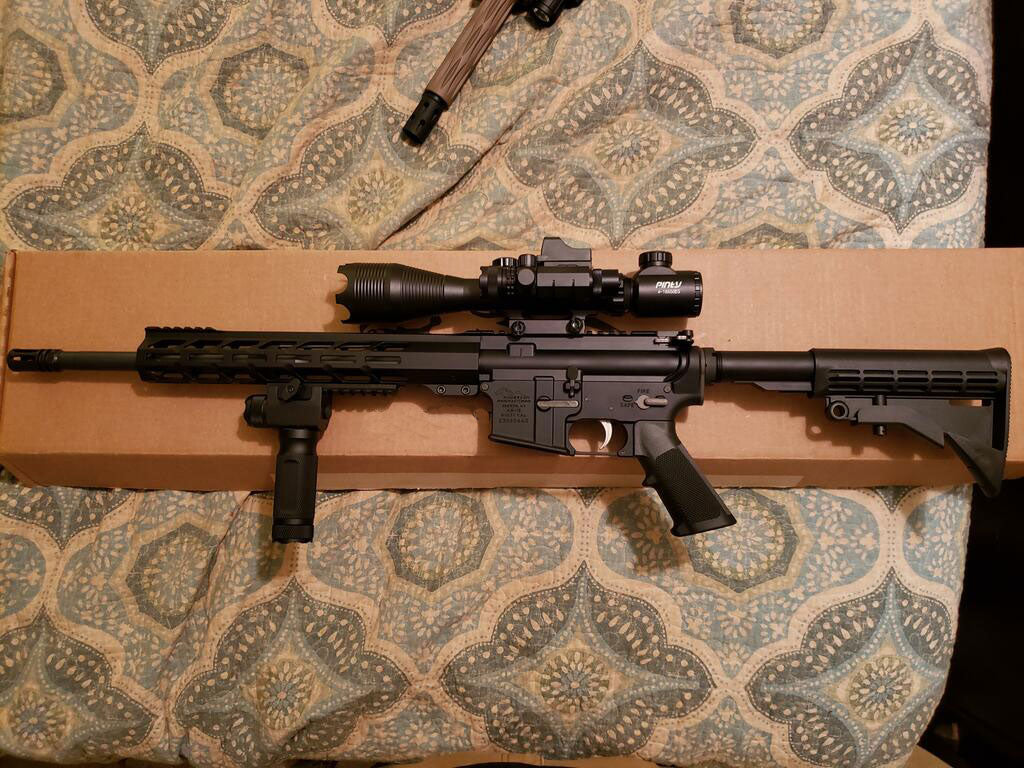Introduction
Night Vision Devices (NVDs) are sophisticated optical technologies that enhance low-light sources, enabling clear vision in dark environments. Initially developed for military purposes, these devices have now found widespread use in civilian security applications. Typical night vision devices often produce a distinctive single-color green image.
Principles of Night Vision
The Nature of Light
Understanding night vision technology requires a grasp of light's fundamental properties. The energy of a light wave is inversely proportional to its wavelength: shorter wavelengths carry higher energy. In the visible spectrum, violet light has the highest energy, while red light has the lowest. Adjacent to the visible spectrum lies the infrared spectrum.
Infrared Light Categories
Infrared light is classified into three categories:
1. Near-Infrared (Near-IR): Wavelengths range from 0.7 to 1.3 microns, adjacent to visible light.
2. Mid-Infrared (Mid-IR): Wavelengths span 1.3 to 3 microns.
3. Thermal Infrared (Thermal-IR): Occupying the largest portion of the infrared spectrum, with wavelengths from 3 to 30 microns.
Near and Mid-IR are commonly used in various electronic devices, such as remote controls. Thermal-IR is unique as it is emitted by objects rather than reflected.
Night Vision Enhancement Techniques
Spectral Enhancement: This technique expands the visible light spectrum, allowing the human eye to perceive previously invisible spectral bands like near-infrared or ultraviolet light. Some animals naturally possess this ability, enabling nocturnal activity.
Contrast Enhancement: Through noise filtering and other technologies, this method enhances blurred outlines, helping the human brain construct coherent images from weak light sources, facilitating clear observation of distant objects in low-light conditions.

Types of Night Vision Devices
Night vision devices primarily fall into three categories:
Monocular Scopes: Typically handheld or weapon-mounted, these use a single-eye design. They're ideal for brief observations of specific targets.
Binocular Devices: Often head-mounted, these employ a two-eye design. They may use single or compound lenses and are suitable for extended observation periods, such as patrolling in low-light environments.
Cameras: These can transmit night vision images in real-time to a monitor or record them. They're well-suited for high-quality night vision observation in fixed locations, like building surveillance or helicopter-mounted aerial monitoring systems. Many modern cameras now incorporate built-in night vision capabilities.
Development of Infrared Night Vision Technology
Despite the early discovery of infrared radiation, its practical application developed slowly due to limitations in infrared component technology. The breakthrough came in 1940 when Germany developed lead sulfide and several infrared-transmitting materials, paving the way for infrared sensing instruments. Germany pioneered several infrared detection instruments, including active infrared night vision devices, which proved highly effective in combat situations.
Application Fields
Infrared night vision devices find extensive use in:
- Border surveillance
- Military operations
- Public security
- Cultural heritage protection
- Industrial park security
- Oil field monitoring
- Fishery management
- Forest patrol
- Orchard management, and more
These devices are suitable for all-weather conditions, excelling particularly in zero-light nighttime environments. Their monitoring range can extend from a few meters to several kilometers, making them high-performance surveillance products validated through practical applications.
Maintenance and Care
1. Avoid use in strong light to prolong device lifespan.
2. Protect from rain, fog, and high-humidity environments.
3. Handle with care to avoid impacts and protect internal precision vacuum tubes.
4. Clean similarly to camera lenses, taking care not to scratch the optical coating.
5. For long-term storage, remove batteries and keep in a cool, dry place.
With proper use and maintenance, night vision devices can play crucial roles in various complex environments, providing users with superior nocturnal observation capabilities.







